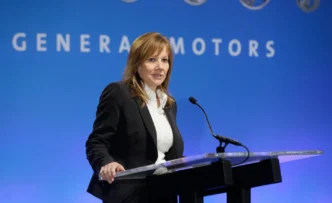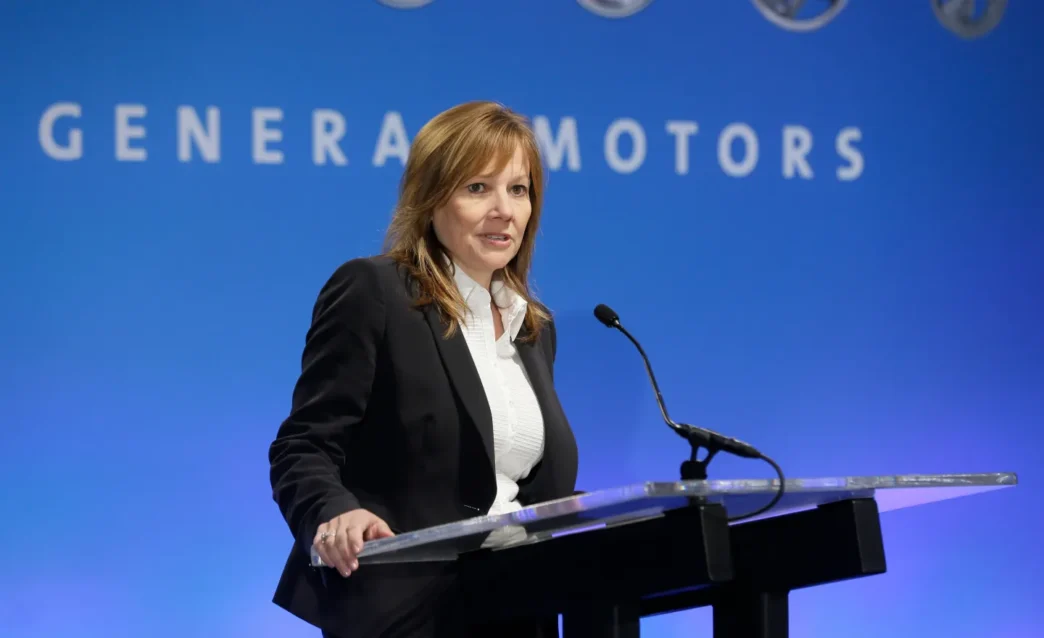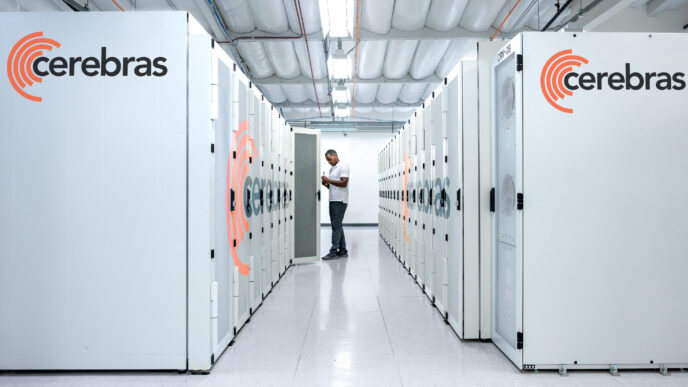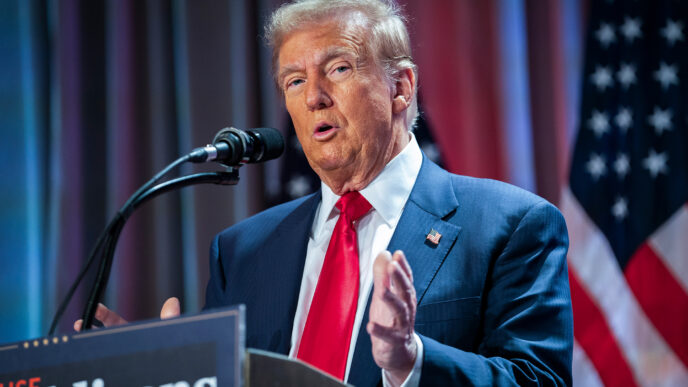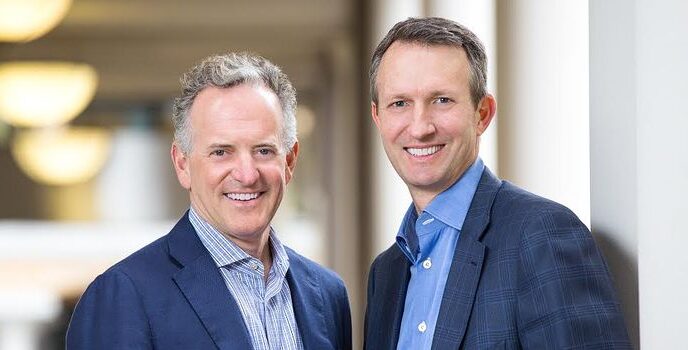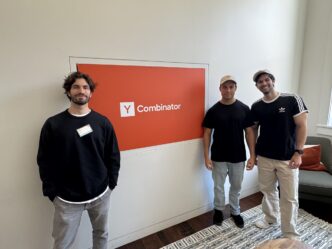The GM tech executive shakeup is growing wider as more senior leaders exit the company’s software division. Over the past month, three top executives have walked away, signaling a deeper shift inside General Motors as its new chief product officer works to merge the automaker’s scattered technology units into one unified team.
GM confirmed that Baris Cetinok, its senior vice president of software and services product management, will leave the company on December 12. His exit follows earlier departures from Dave Richardson, the senior vice president of software and services engineering, and Barak Turovsky, who joined in March as the automaker’s head of AI.
All three brought strong Silicon Valley experience, with backgrounds at major players like Apple and Google. Their simultaneous exits now raise new questions about GM’s changing software strategy.
The turnover comes months after GM hired Sterling Anderson as its first-ever chief product officer. Anderson now oversees nearly every operation tied to vehicle development, placing him in charge of hardware, software, services, batteries, manufacturing engineering, and user experience. His mandate is to bring all of these disciplines closer together so GM can build cars where hardware and software work as one system, not as separate layers.
Anderson’s arrival is reshaping GM from the inside. The company wants to break down old silos, reduce redundant teams, and simplify how software is designed and shipped across its vehicles. GM has long said it wants its future products to operate more like modern software platforms, and the recent exits appear tied to this push for tighter integration.
Even as the leadership churn continues, Anderson is bringing in new talent to rebuild the structure. GM hired Cristian Mori into a newly created robotics leadership role. In the past five years, Mori held positions at Symbiotic, Rivian, and Boston Dynamics. Although GM already has manufacturing engineers working with automation, it has never had a dedicated chief robotics leader until now.
The automaker also added Behrad Toghi, previously at Apple, as its AI lead. And in October, GM brought on Rashed Haq as vice president of autonomous vehicles. Haq spent five years at Cruise, the self-driving startup GM once acquired and later shut down, where he served as head of AI and robotics.
These hires show how Anderson wants to rebuild a modern product organization with stronger AI, robotics, and integrated engineering capabilities. But the pace of departures suggests that GM’s internal restructuring is still in motion and could reshape how the company develops the next generation of vehicles.
